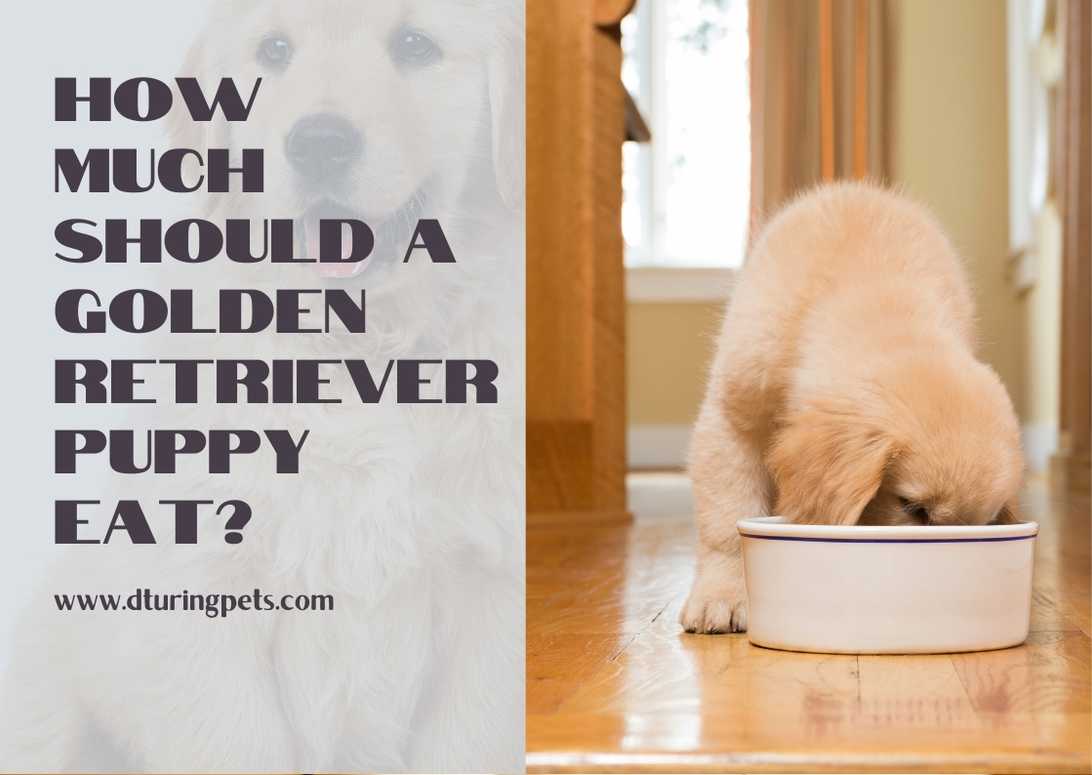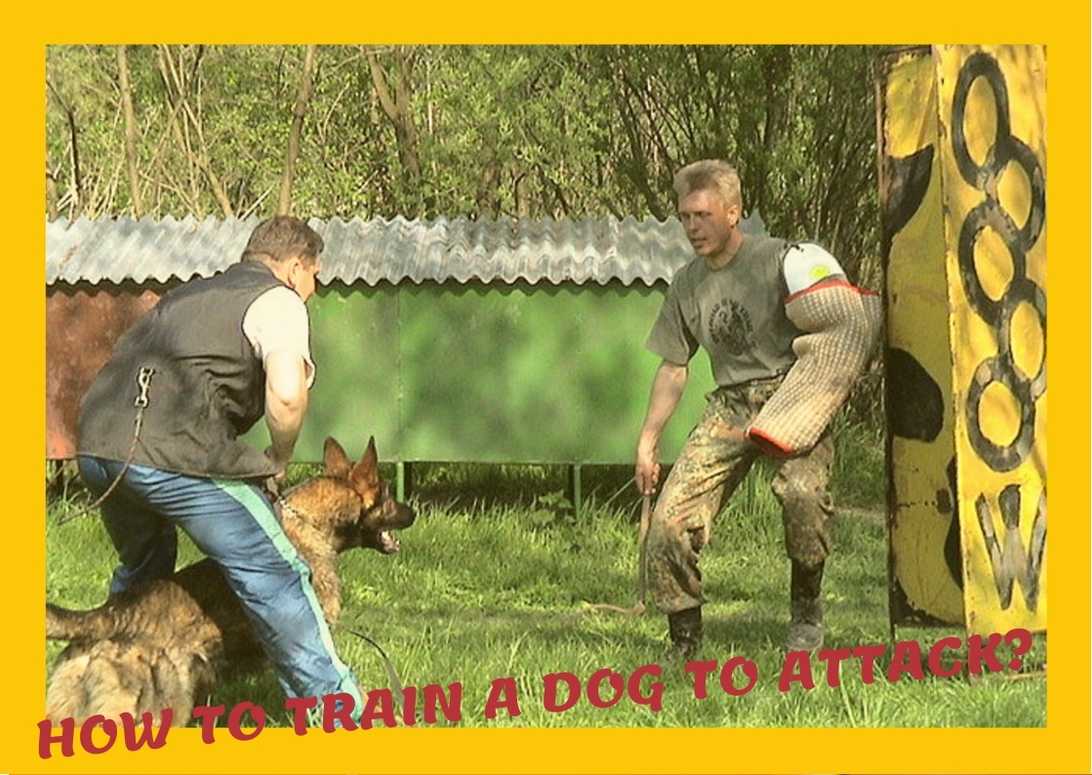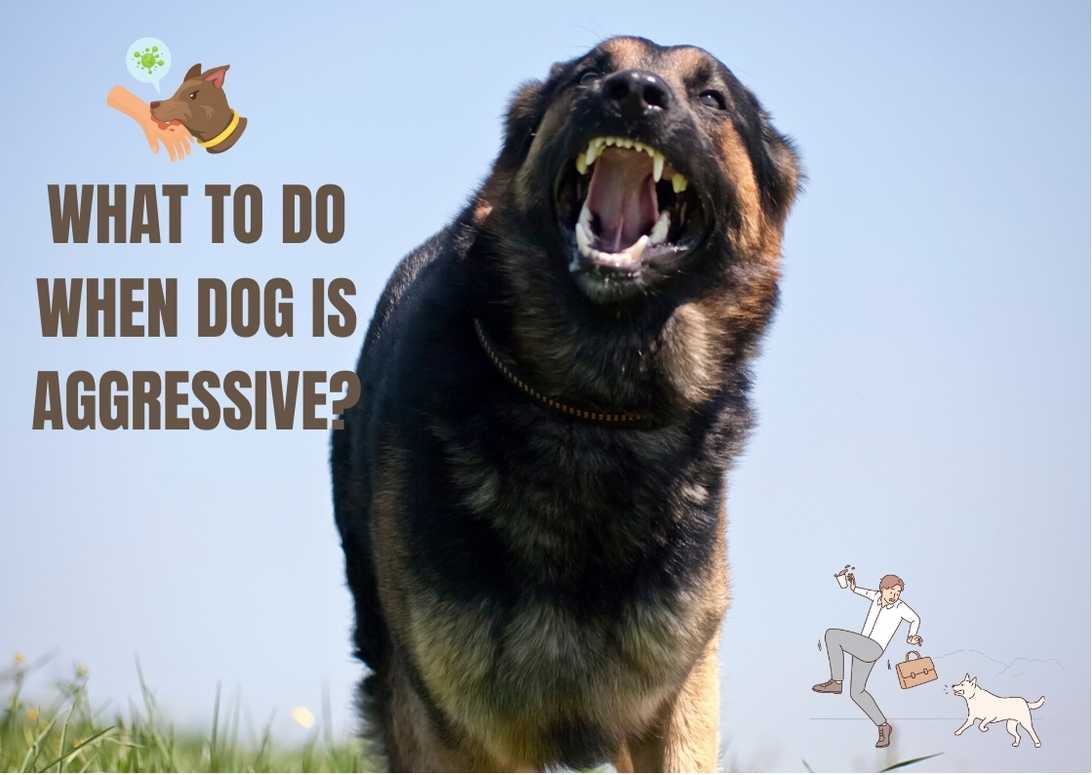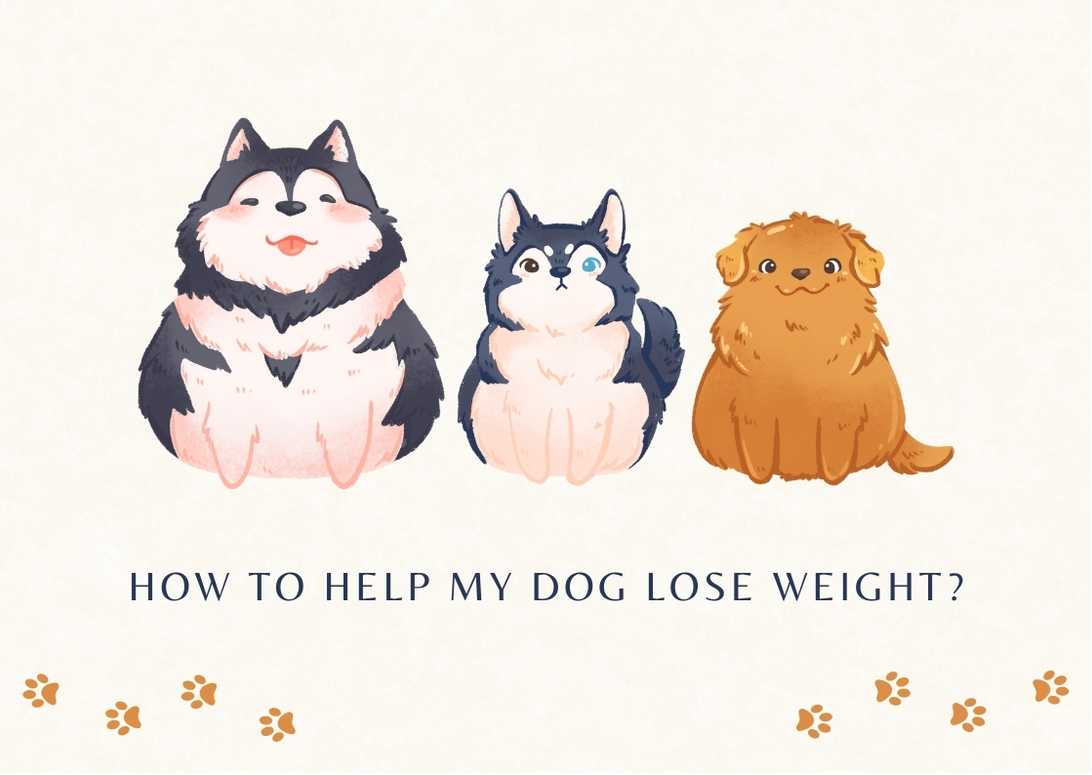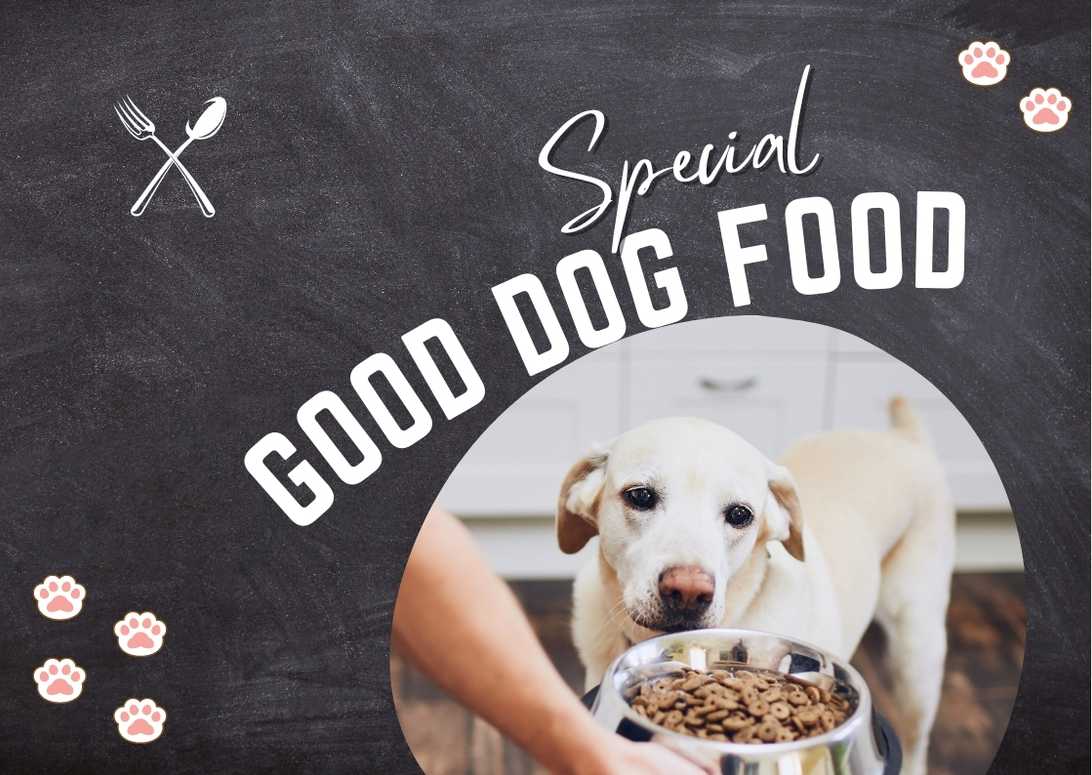How To Stop Dog Aggression Towards Other Dogs?
Hey there! Have you been struggling with your dog’s aggressive behavior towards other dogs? Well, fear not, because I’ve got some valuable tips and insights to help you put an end to that aggression.
In this article, I’ll be sharing practical techniques on how to gain control over your furry friend and create a harmonious environment for both them and other canines.
First things first, it’s all about prevention through early socialization. By exposing your pup to various experiences and interactions with other dogs from a young age, you can help them develop positive associations and reduce the likelihood of aggressive behavior later on.
But it doesn’t stop there – remaining calm and assertive is key. Dogs look to us as their pack leaders, so by staying composed in challenging situations, we can help instill confidence in our four-legged companions.
So if you’re ready to take charge and put an end to your dog’s aggression towards other dogs, let’s dive into the world of obedience training, positive reinforcement techniques, understanding triggers, behavioral modification strategies, seeking professional help when needed, and creating a safe environment for everyone involved.
It’s time to foster a peaceful coexistence between your dog and their fellow canine friends!
Important Points
- Early socialization and prevention is crucial in addressing dog aggression towards other dogs.
- Seek professional help from a trainer who specializes in aggression and uses positive reinforcement techniques.
- Understand and recognize triggers, and implement behavioral modification strategies to address fear or anxiety.
- Create a safe environment, manage resources effectively, and address leash reactivity through training techniques.
Prevention through Early Socialization
To prevent your dog from becoming aggressive towards other dogs, it’s crucial that you socialize them early and frequently, exposing them to different environments, people, and animals. One way to do this is by organizing puppy playdates or taking them to doggy daycare where they can interact with other dogs in a controlled environment. This allows them to learn appropriate social behavior and how to communicate effectively with their canine counterparts.
Training classes are also a great option for socialization as they provide structured learning opportunities for your dog to interact with other dogs under the guidance of a professional trainer. Additionally, taking your dog on park outings can expose them to different types of dogs and help them become comfortable in various settings. However, it’s important to always supervise these interactions and intervene if necessary to ensure the safety of all dogs involved.
Controlled introductions are another essential aspect of socializing your dog. When introducing your dog to new dogs, it’s important to do so slowly and carefully. Start by having both dogs on leash and allow them to sniff each other from a distance before gradually allowing closer interaction. This helps prevent any potential negative experiences or conflicts between the two dogs.
By socializing your dog through puppy playdates, doggy daycare, training classes, park outings, and controlled introductions, you are laying the foundation for positive interactions with other dogs. Remember that prevention is key in addressing aggression towards other dogs. Now let’s discuss how remaining calm and assertive plays an important role in managing your dog’s behavior without escalating their aggression further.
Remain Calm and Assertive
Maintain a composed and confident demeanor when addressing your dog’s unruly behavior with other canines. It’s crucial to control your breathing, as dogs are highly perceptive to human emotions. Take deep breaths and exhale slowly to keep yourself calm and collected.
Additionally, pay attention to your body language. Stand tall, with your shoulders back and head held high, projecting an air of confidence. Dogs can sense fear or hesitation, so it’s important to show them that you’re in control.
In addition to maintaining a calm and assertive presence, it’s essential to have mental focus when dealing with dog aggression towards other dogs. Keep your attention solely on the situation at hand and avoid distractions. This will help you better assess the behavior of both dogs and respond appropriately.
Patience and persistence are key in addressing aggressive behavior. It may take time for your dog to learn new behaviors and overcome their aggression towards others. Stay consistent in training exercises and don’t give up easily.
Redirecting behavior is an effective technique in managing dog aggression towards other dogs. Instead of allowing negative interactions between the dogs, redirect their attention towards positive behaviors or activities. For example, if you see signs of aggression arising during a walk, immediately change direction or guide your dog away from the triggering stimulus while providing positive reinforcement for good behavior like walking calmly by your side.
Positive reinforcement training can further reinforce good behavior towards other dogs by rewarding desired actions with treats or praise. By associating positive experiences with being around other dogs, you can gradually change their perception from aggression to acceptance or even enjoyment of social interactions.
By remaining calm and assertive while employing techniques such as breath control, body language awareness, mental focus, patience and persistence, as well as redirecting behaviors through positive reinforcement training, we can effectively address our dog’s aggression towards other dogs without resorting to shouting or punishment tactics that may worsen the situation.
Positive Reinforcement Training
By rewarding good behavior and creating positive associations, I can effectively change my dog’s perception of social interactions. Using reward-based training methods, such as giving treats or praise when my dog exhibits desired behaviors, helps reinforce those behaviors and encourages them to continue behaving in a positive manner.
For example, if my dog remains calm and friendly when encountering other dogs, I’ll reward them with a treat or verbal praise to let them know they did well. This positive reinforcement not only strengthens the bond between me and my dog but also helps them associate meeting other dogs with something enjoyable.
Consistency in training is key when using positive reinforcement to address aggression towards other dogs. It’s important to establish clear rules and expectations for your dog’s behavior and consistently enforce them. By consistently rewarding desired behaviors and redirecting unwanted behavior, you’re teaching your dog what’s expected of them in social situations.
It may take time for your dog to fully understand what’s being asked of them, so patience and persistence are crucial during this process.
To transition into the subsequent section about understanding triggers without explicitly stating ‘step’, it’s important to recognize that while positive reinforcement training can be effective in changing a dog’s behavior towards other dogs, it’s equally important to understand the underlying triggers that may be causing their aggression. By addressing these triggers through proper training techniques and seeking professional help if needed, we can further improve our dog’s ability to interact positively with other dogs.
Understanding Triggers
Understanding what triggers your dog’s aggressive behavior can be key in preventing negative interactions with other dogs. Studies have shown that 75% of dog aggression cases are rooted in fear or anxiety. Identifying triggers is the first step towards addressing your dog’s aggression. This can be done by observing their body language cues when they encounter other dogs.
Look for signs such as raised hackles, tense body posture, growling or barking, and a stiff tail. By recognizing these signals, you can anticipate when your dog may become aggressive and take steps to prevent it.
Once you have identified the triggers, desensitization exercises can help reduce your dog’s reactivity towards other dogs. Gradually expose them to controlled situations where they are around other dogs at a distance that doesn’t provoke their aggressive behavior. Over time, gradually decrease the distance between your dog and other dogs while rewarding them for calm behavior.
Counter conditioning techniques can also be effective in changing your dog’s emotional response to trigger situations. This involves pairing the presence of other dogs with positive experiences, such as treats or playtime, to create new associations.
It’s important to note that some breeds may have specific tendencies towards aggression due to genetic factors or past experiences. Understanding breed-specific tendencies can help you better manage and prevent aggression in certain situations.
By identifying triggers, using desensitization exercises, implementing counter conditioning techniques, and being aware of breed-specific tendencies, you can work towards preventing your dog’s aggression towards other dogs.
In the next section about behavioral modification techniques, we’ll explore further strategies to address this issue without writing ‘step’.
Behavioral Modification Techniques
One effective way to address your dog’s aggressive behavior towards other dogs is through the use of behavioral modification techniques. Counterconditioning techniques can be helpful in changing your dog’s negative association with other dogs by pairing their presence with positive experiences, such as treats or playtime. This helps to create a new, positive emotional response.
Desensitization exercises can also be beneficial in gradually exposing your dog to other dogs at a distance that doesn’t trigger their aggression. By starting at a comfortable distance and slowly decreasing the distance over time, your dog can learn to remain calm and relaxed around other dogs.
Redirecting focus is another technique that can help redirect your dog’s attention away from potential triggers. Engaging them in an alternative activity or command when they start showing signs of aggression can help distract them and prevent escalation.
Establishing boundaries is essential in teaching your dog appropriate behavior around other dogs. This includes setting clear rules and consistently enforcing them, such as not allowing them to approach other dogs without permission.
Consistency in training is crucial for successful behavior modification. It’s important to practice these techniques regularly and reinforce positive behaviors consistently. Remember, addressing aggression requires patience and commitment from both you and your dog.
Seeking professional help from a certified dog trainer or animal behaviorist may be necessary if your dog’s aggressive behavior persists despite your efforts or if it poses a safety risk.
Seeking Professional Help
If your dog’s aggressive behavior persists despite your efforts, it may be beneficial to seek professional help from a certified trainer or animal behaviorist. They have the knowledge and experience to assess your dog’s aggression and develop a customized training plan to address the issue.
Here are some important factors to consider when seeking professional help:
Finding the right trainer: Look for trainers who specialize in aggression and have a positive reinforcement approach. Ask for recommendations from veterinarians or other dog owners who’ve dealt with similar issues.
Recognizing signs of aggression: A professional can help you identify specific behaviors that indicate aggression, such as growling, lunging, or snapping. Understanding these signs will allow you to intervene early and prevent escalation.
Understanding breed tendencies: Different breeds may have specific tendencies towards aggression. A knowledgeable trainer can provide insights into your dog’s breed characteristics and how they contribute to their behavior.
In addition to seeking professional help, creating a safe environment for your dog is crucial in managing their aggression towards other dogs without using forceful measures or punishment techniques.
Creating a Safe Environment
To ensure the safety of your furry friend, it’s essential to create an environment where they feel secure and comfortable, promoting positive interactions with fellow canines.
Did you know that a study found that 77% of dog aggression cases could be successfully managed by implementing environmental changes?
One crucial aspect is understanding and recognizing dog body language. By familiarizing yourself with the various signs of stress, fear, or discomfort in dogs, you can intervene early and prevent potential conflicts. This knowledge will also help you gauge your dog’s reactions when introducing them to new dogs.
Another important factor in creating a safe environment is managing resources effectively. Dogs are naturally protective of their possessions, such as toys or food bowls. To avoid resource guarding behavior that may lead to aggression towards other dogs, it’s essential to set clear boundaries and establish rules around sharing resources. Teaching your dog to wait for permission before accessing their belongings can help reduce tension during mealtimes or play sessions.
In addition to these measures, desensitization exercises can be highly beneficial in reducing aggressive behavior towards other dogs. Gradually exposing your dog to triggers that typically elicit aggressive responses while rewarding calm behavior can help them develop a more positive association over time. For example, if your dog becomes reactive on walks when encountering other dogs, start at a distance where they remain relaxed and gradually decrease the distance as they become more comfortable.
Lastly, addressing leash reactivity is crucial for creating a safe environment during walks or outings. Leash reactivity occurs when a dog displays aggressive behavior while on a leash due to feelings of restraint or anxiety. Training techniques such as teaching loose-leash walking and practicing focus exercises can help redirect their attention away from potential triggers and promote more relaxed interactions with other dogs.
By implementing these strategies and consistently working on creating a safe environment for your dog, you can significantly reduce their aggression towards other dogs and foster positive social interactions within the canine community. This will not only improve their overall behavior and well-being but also enhance their quality of life and strengthen the bond between you and your furry friend. Remember, patience, consistency, and positive reinforcement are key when addressing aggression in dogs, and with time and effort, you can help your dog become a happier and more well-adjusted member of the canine community.
Frequently Asked Questions
How long does it typically take to see results from positive reinforcement training for dog aggression?
It typically takes several weeks to see results from positive reinforcement training for dog aggression. The effectiveness of the training depends on the individual dog and consistency in training duration.
Are certain breeds more prone to dog aggression than others?
Certain breeds may have a higher predisposition to dog aggression, but it’s crucial to consider the role of genetics and environment. Training techniques should be tailored to each breed’s specific needs, and understanding the underlying causes is essential. Breed-specific legislation may not effectively address dog aggression.
Can a dog’s aggression towards other dogs be completely eliminated through training?
Yes, a dog’s aggression towards other dogs can be significantly reduced through training. By using positive reinforcement and socialization techniques, along with managing their behavior in public settings, it is possible to help them overcome their aggressive tendencies. Seeking professional help can also be beneficial.
What are some signs to look out for that indicate a dog may become aggressive towards other dogs?
Signs of dog aggression towards other dogs include stiff body posture, raised hackles, growling, snapping, and lunging. Understanding dog body language is key to recognizing these signs. Training techniques, managing in public, and seeking professional help are important for addressing this issue.
Is it possible for a previously aggressive dog to become friendly and social with other dogs?
Yes, it is possible for a previously aggressive dog to become friendly and social with other dogs. Techniques for socializing include gradual introductions, positive reinforcement, and supervised playdates. Working with a professional trainer can also help address the root causes of aggression.
Conclusion
In conclusion, stopping dog aggression towards other dogs requires a combination of early socialization, calm assertiveness, positive reinforcement training, and understanding triggers.
It’s crucial to invest time and effort in properly socializing your dog from a young age, exposing them to different environments and experiences. By remaining calm and assertive during encounters with other dogs, you can help your own dog feel more secure and reduce the likelihood of aggressive behavior.
Positive reinforcement training is key in redirecting your dog’s focus and rewarding good behavior. Consistently reinforcing positive actions will help your dog understand what’s expected of them and encourage them to make better choices.
Understanding the triggers that provoke aggression in your dog is also essential. Whether it’s certain sounds, sights, or situations, identifying these triggers allows you to take proactive measures to avoid or manage them.
Additionally, behavioral modification techniques such as desensitization and counterconditioning can be effective tools in changing your dog’s response to certain stimuli. However, if despite all efforts you’re unable to see progress or if the aggression becomes dangerous or unmanageable, it may be necessary to seek professional help from a qualified animal behaviorist or trainer.
Creating a safe environment for both your own dog and others is paramount. This includes proper leash handling when out on walks, using muzzles if necessary for added safety precautions, and avoiding situations that may trigger aggressive behavior. Remember that each dog is unique and it may take time to address their specific needs. With patience, consistency, and the right guidance, you can successfully stop dog aggression towards other dogs and create a peaceful coexistence for everyone involved.



